The 1990s were a time of frosted tips, dial-up internet, and Friday nights at Blockbuster. It was an era bursting with pop culture touchstones that defined a generation—but many of those staples have since vanished completely. Some were replaced by better tech, others simply faded as trends changed. Let’s take a trip down memory lane and revisit 12 things that ruled the ‘90s but are now barely a blip on anyone’s radar.
1. Chain wallets
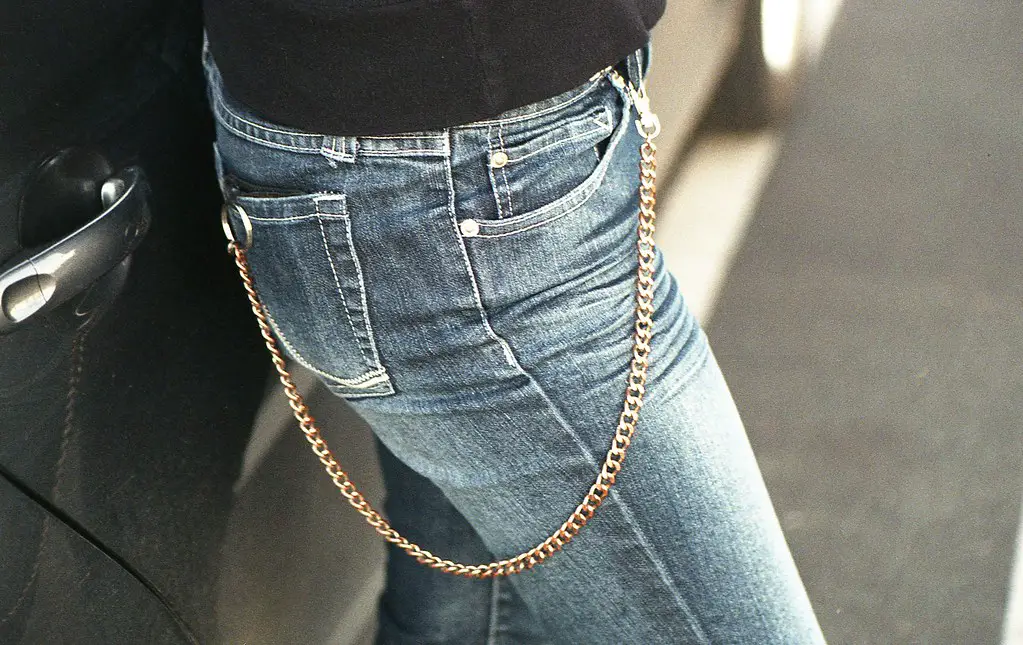
In the ‘90s, chain wallets weren’t just functional—they were a fashion statement, notes Vogue. Worn by skaters, punk kids, and even mainstream mall-goers, they dangled proudly from belt loops with heavy metal flair. They gave off a rebellious edge, even if all you had inside was a library card and $3. Over time, they became more of a Halloween costume piece than everyday wear.
Today, no one’s worried about their wallet getting yanked out during a mosh pit. Digital payments and slimmer fashion trends have made them obsolete. You’re more likely to see them in a throwback music video than a real person’s outfit. The chain wallet era came, clinked, and quietly went.
2. Beanie Babies as investments
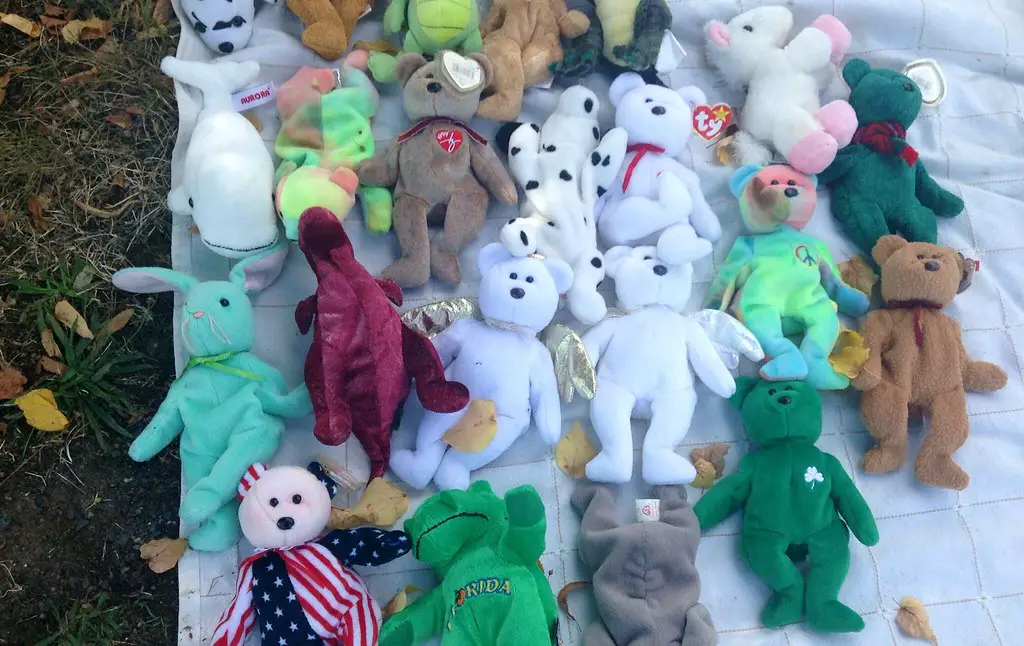
At one point, it felt like everyone had a display case full of plastic-tagged Beanie Babies. Parents were convinced these plush toys would put their kids through college. Price guides and trade shows popped up everywhere, and rare editions sold for hundreds, according to the History Channel. Then the bubble burst—hard.
Now, most of those once-coveted toys are collecting dust or being donated. The value never materialized, except in a few rare cases. It’s a classic case of mass-produced hype meeting market saturation. They were cute, sure—but not priceless.
3. JNCO jeans
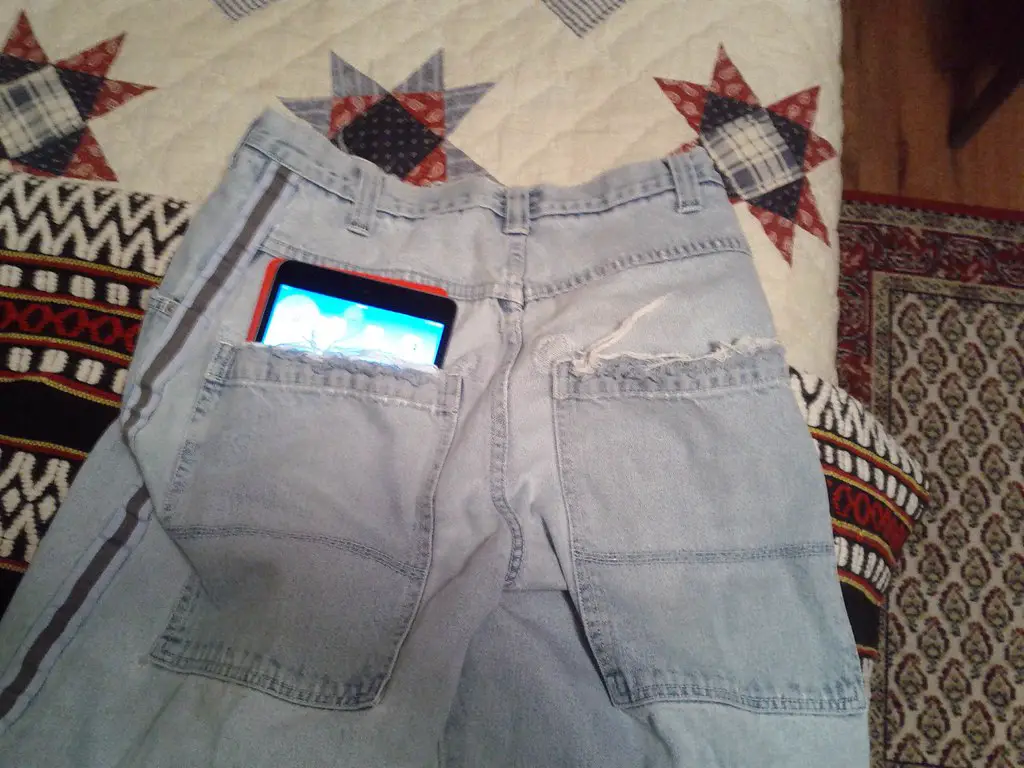
If you didn’t trip over your pants at least once, were you really a ‘90s teen? JNCO jeans were absurdly wide-legged, some with leg openings so large they could hide entire shoes. They were the opposite of skinny jeans in every way, and that was the point, says PopSugar. They represented freedom, rebellion, and a total disregard for tailoring.
Eventually, fashion moved toward cleaner, more fitted silhouettes. Even the most nostalgic millennials aren’t racing to bring JNCOs back. They remain a punchline in discussions of bad fashion choices. But for a moment in time, they ruled the school hallways.
4. AIM away messages
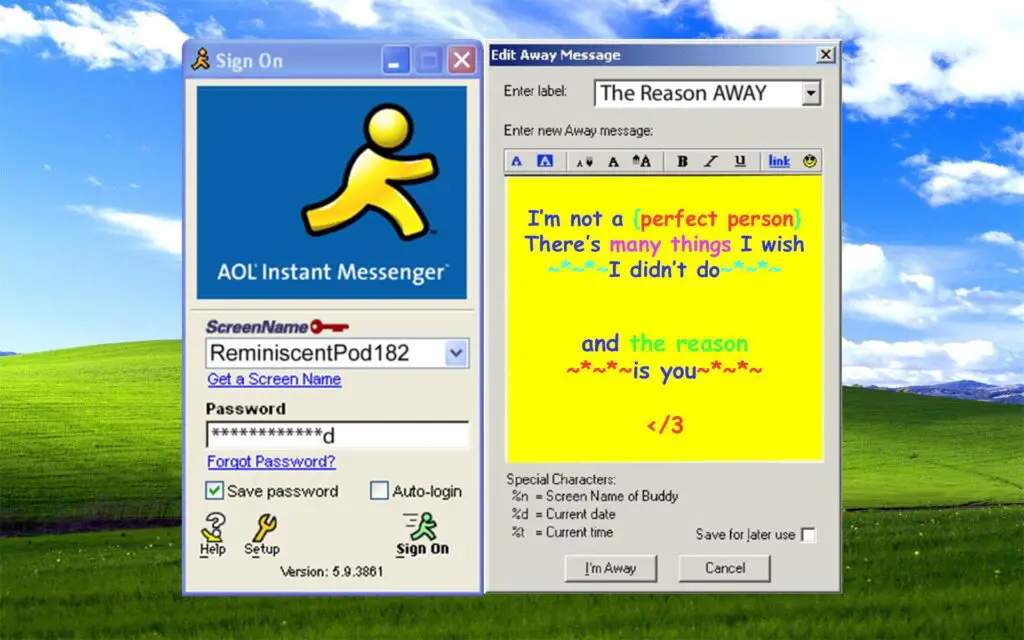
AIM—AOL Instant Messenger—was more than just a chat tool; it was a social diary. Away messages were basically early status updates, often filled with cryptic lyrics or dramatic declarations. Your message said everything about your mood, your crush, or your taste in music, notes Jordan Bowman on Medium. It was how you communicated… without actually having to talk.
Today, messaging is instant and always on, with no need for digital “Do Not Disturb” poetry. Social media absorbed the need to broadcast our inner monologues. AIM shut down in 2017, but for many, its sound effects still echo in memory. Goodbye, door creak and whoosh.
5. Disposable cameras

Back then, capturing a moment meant crossing your fingers and waiting a week for your film to develop. Disposable cameras were tossed in backpacks, glove compartments, and party purses. You had 24 or 36 chances to get it right, with no preview and no edits. The mystery was part of the fun.
Today, everyone carries a high-resolution camera in their pocket. Digital photography and Instagram filters made disposables feel clunky and inconvenient. They still exist, but mostly for novelty or nostalgia. The thrill of the unknown photo? That’s gone with the wind.
6. TV Guide channel
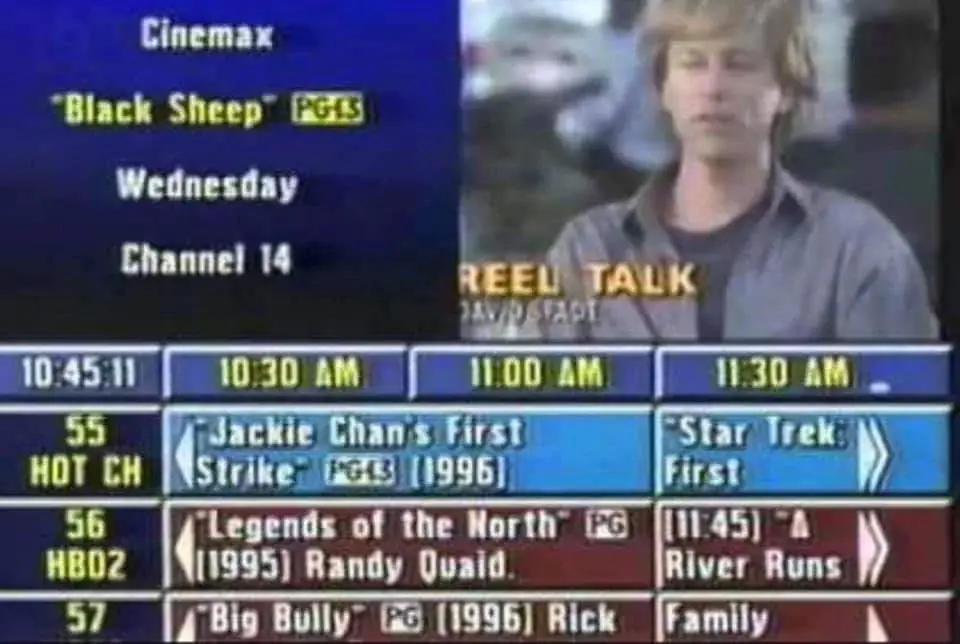
Scrolling slowly—painfully slowly—through the TV Guide channel was a nightly ritual. You’d wait minutes just to find out what was on channel 43 at 8:30. No fast-forward, no search—just passive watching and hoping you didn’t blink and miss your listing. And don’t even get started on the ads taking up half the screen.
These days, streaming menus and smart TVs make searching instant. No one waits for information to scroll anymore. The TV Guide channel is a relic of a pre-binge era. It taught patience, but at what cost?
7. Pogs
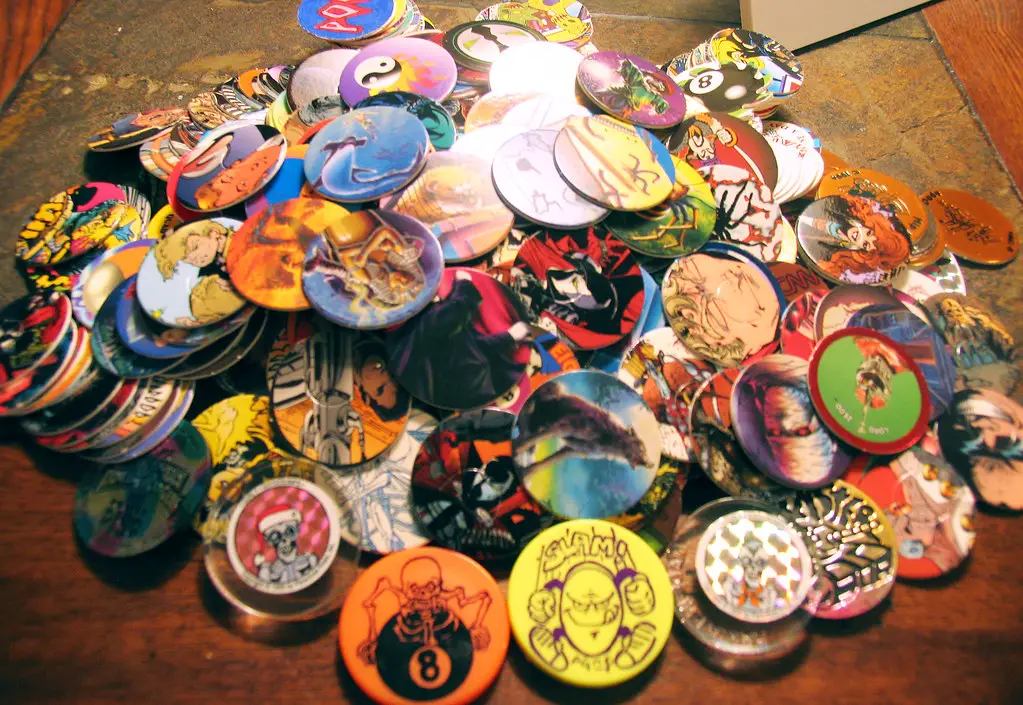
Milk caps became a full-blown craze thanks to Pogs, the collectible game kids couldn’t get enough of. You’d stack them, slam them, and argue about whether “slammers” were fair. Schools even banned them at times because they caused too many classroom squabbles. Everyone had a favorite set—usually with skulls, glitter, or cartoon characters.
Eventually, the hype fizzled and the rules confused too many people. Pogs became one more box in the attic labeled “garage sale someday.” Few people could explain how to actually win at Pogs, but everyone played them anyway. It was chaotic, colorful fun—until it wasn’t.
8. Renting movies at Blockbuster
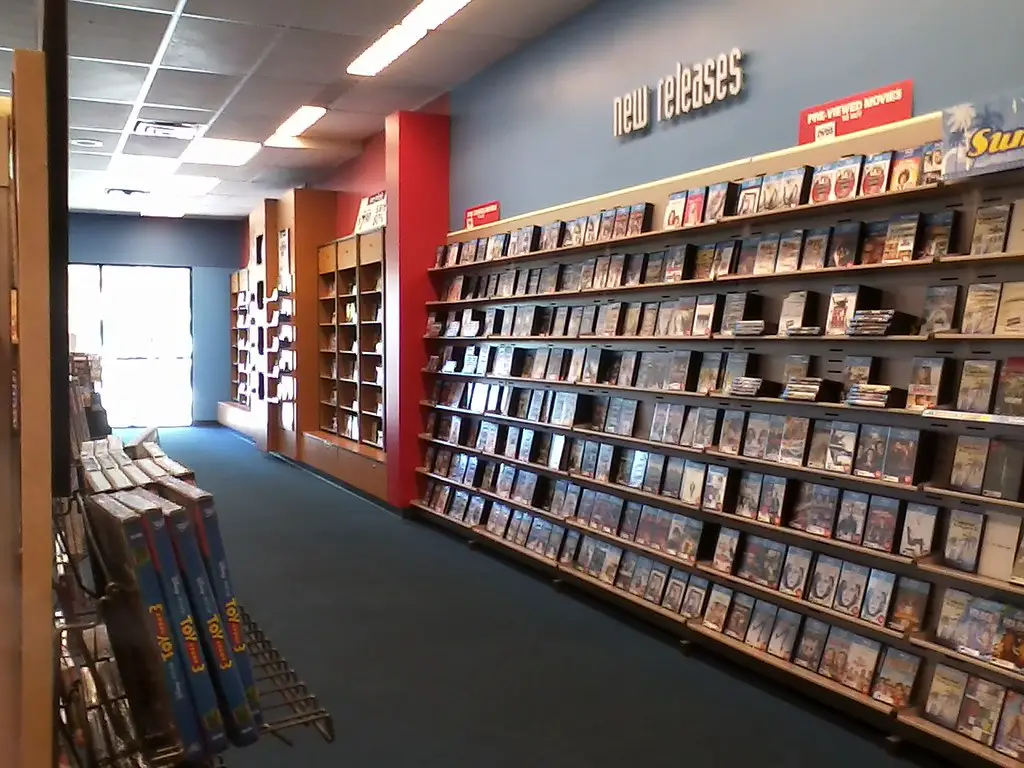
Friday night wasn’t complete without a trip to Blockbuster. You’d browse the aisles, argue with your siblings, and hope the last copy of the new release hadn’t been snagged. Late fees loomed like thunderclouds, but the excitement was real. It was a whole experience, not just a transaction.
Streaming services eventually killed the need for physical rentals. Convenience beat charm, and Blockbuster closed its doors, save for one location in Oregon. For many, the end of Blockbuster marked the end of a shared ritual. Movie night just isn’t the same without the blue and yellow glow.
9. Tamagotchis
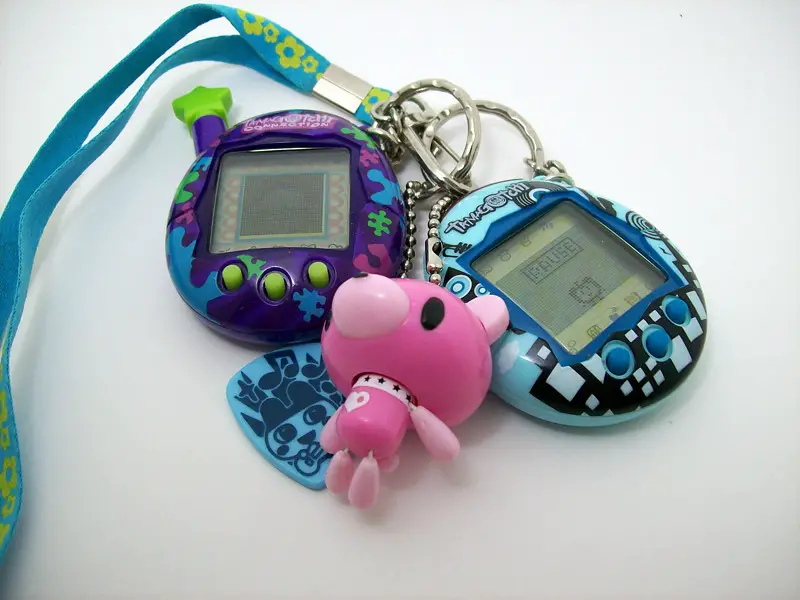
Digital pets were the ultimate ‘90s responsibility. Tamagotchis beeped at all hours, demanding food, play, and cleaning—or they’d “die” in a sad pixelated mess. Kids brought them to school and smuggled them into class to care for their needy companions. It was strangely stressful… and completely addicting.
Now, mobile games and apps have taken over the digital pet genre. Most people don’t have the time—or patience—for something that needy anymore. A few reboots have tried to revive them, but the moment has passed. The beeping is still seared into some people’s brains, though.
10. Arcades
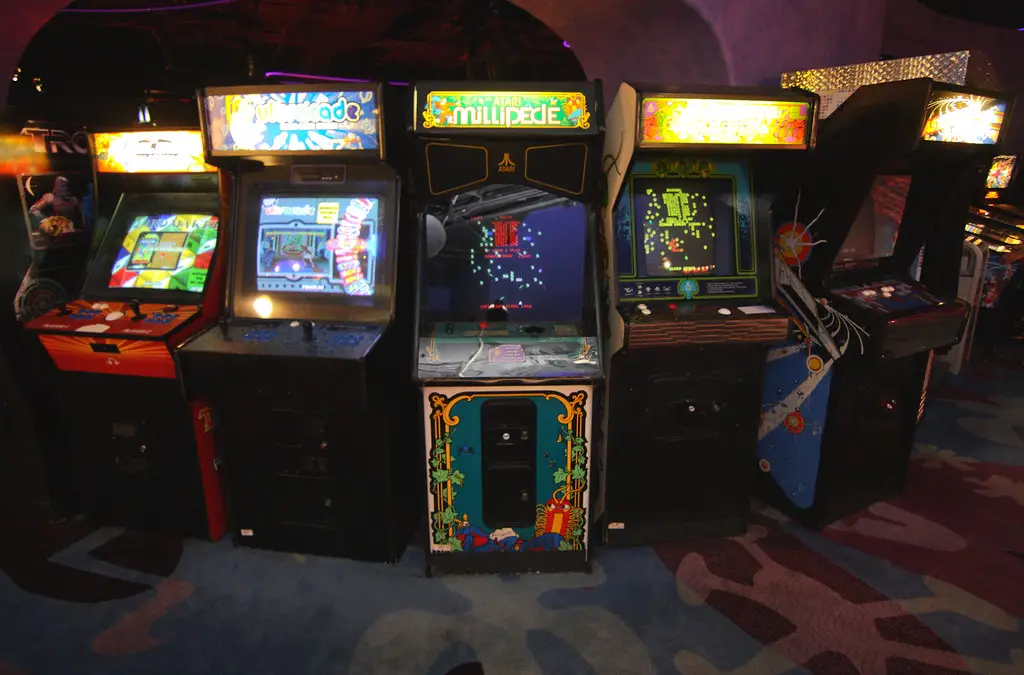
Long before smartphones, arcades were the place to be. You’d trade cash for tokens and waste hours playing Mortal Kombat or skee-ball. The dim lighting, neon signs, and booming speakers made every visit feel electric. It was less about the games and more about the vibe.
Eventually, home consoles got better and more affordable, and arcades started disappearing. Some malls still have one tucked away, but they’re mostly ghost towns. What used to be a hangout hub is now just nostalgia. Unless you’re in Japan or visiting a barcade, those days are over.
11. CD towers

Every bedroom had one: the towering shelf of jewel cases, each carefully alphabetized or sorted by genre. You’d flip through your collection like a DJ, choosing the soundtrack to your mood. Lending out a CD to a friend was serious business. Scratches were tragic, and doubles meant you really loved an artist.
Streaming completely flattened the need for physical music collections. Some vinyl made a comeback, but CDs? Not so much. Most CD towers were either donated, turned into bookshelves, or just tossed. Music still matters, but the medium moved on.
12. Slap bracelets
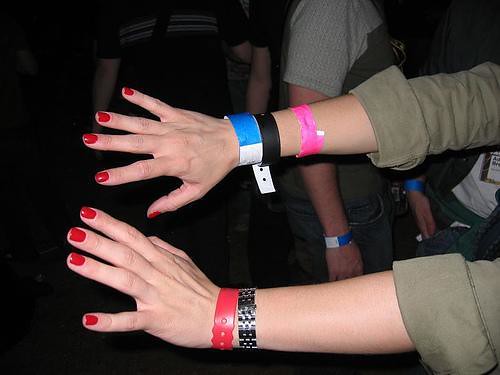
These metal-core fabric bands were a playground favorite. Just snap it on your wrist and watch it curl—no clasp needed. They came in neon colors, animal prints, and glittery finishes. The thrill was in the snap and the simplicity.
Eventually, schools banned them for being distracting—or even dangerous if the metal broke through. They faded out just as quickly as they appeared. Some retro toy lines have brought them back, but only as novelties. For a moment, though, they were the hottest thing in homeroom.
